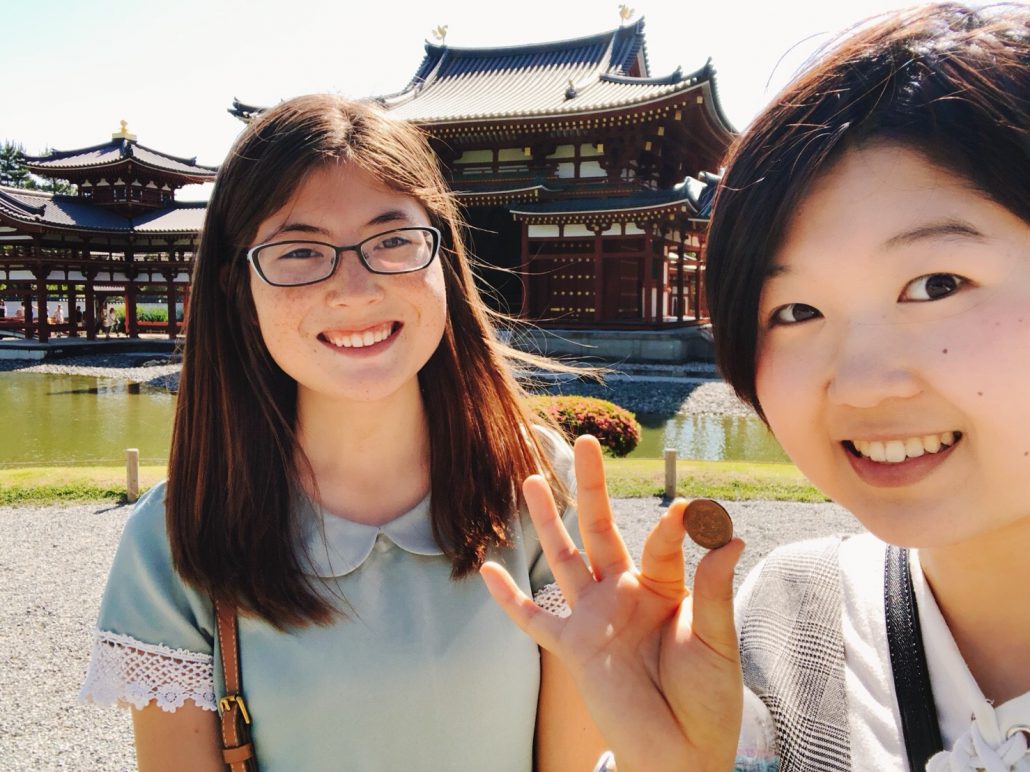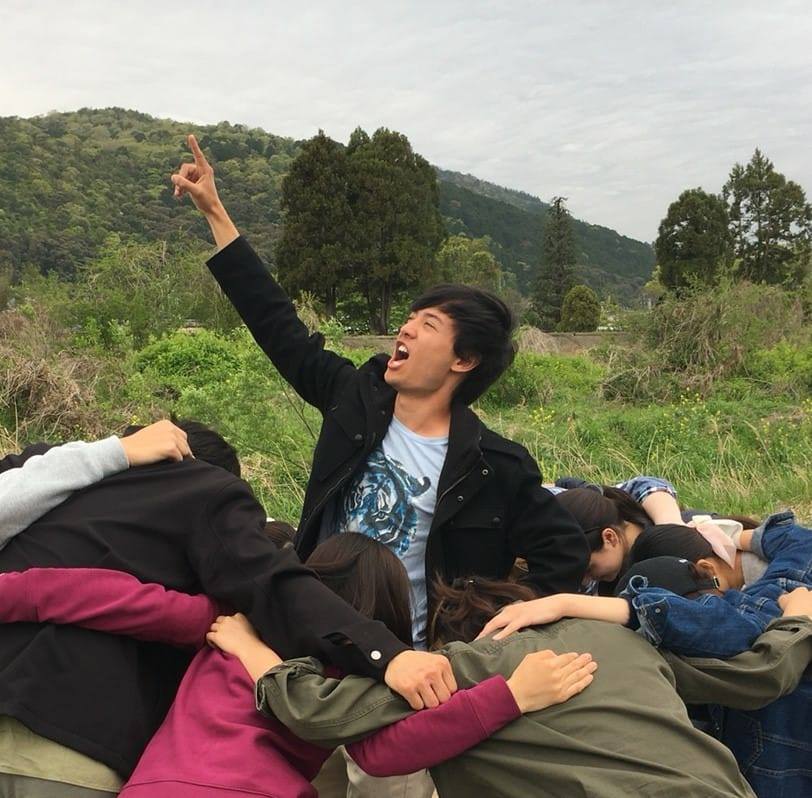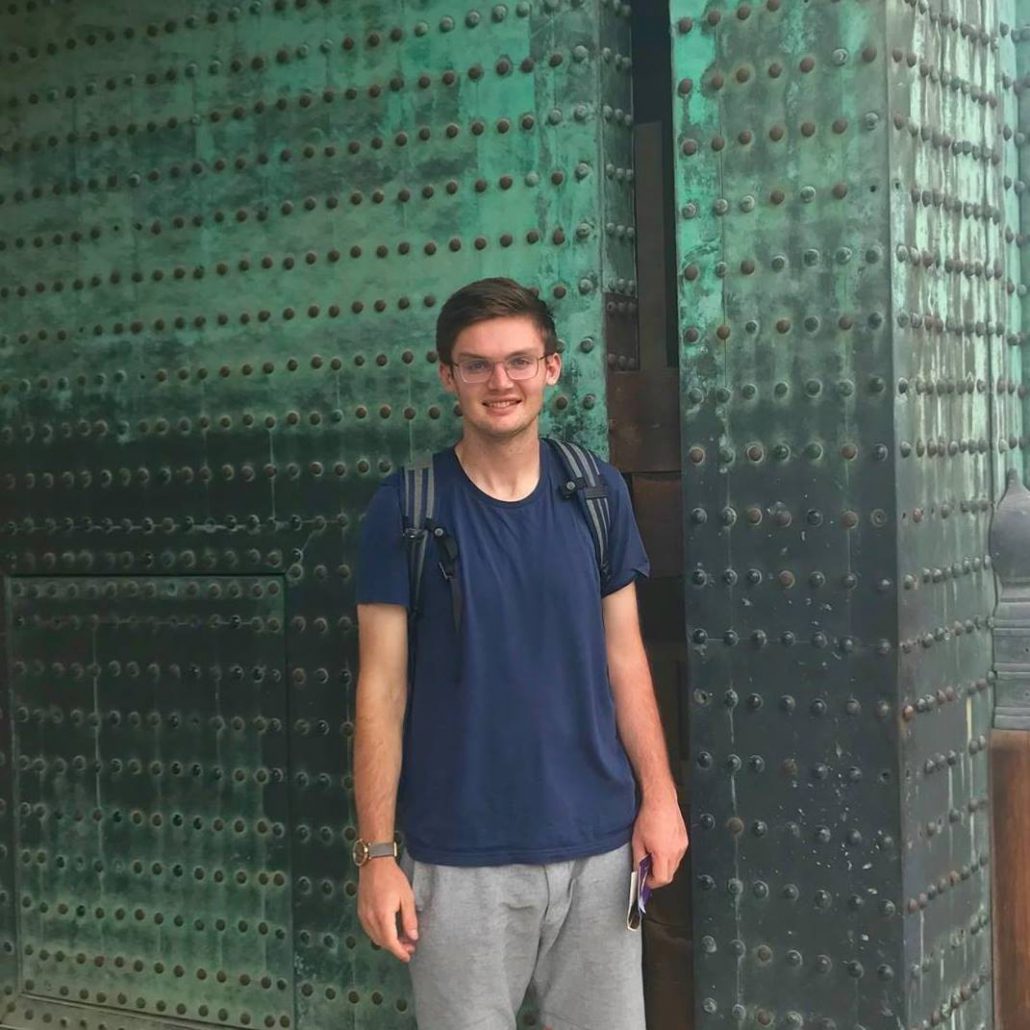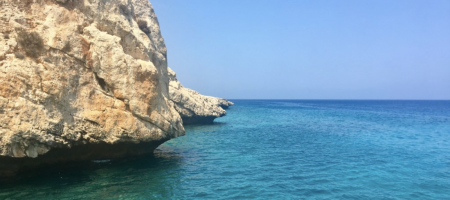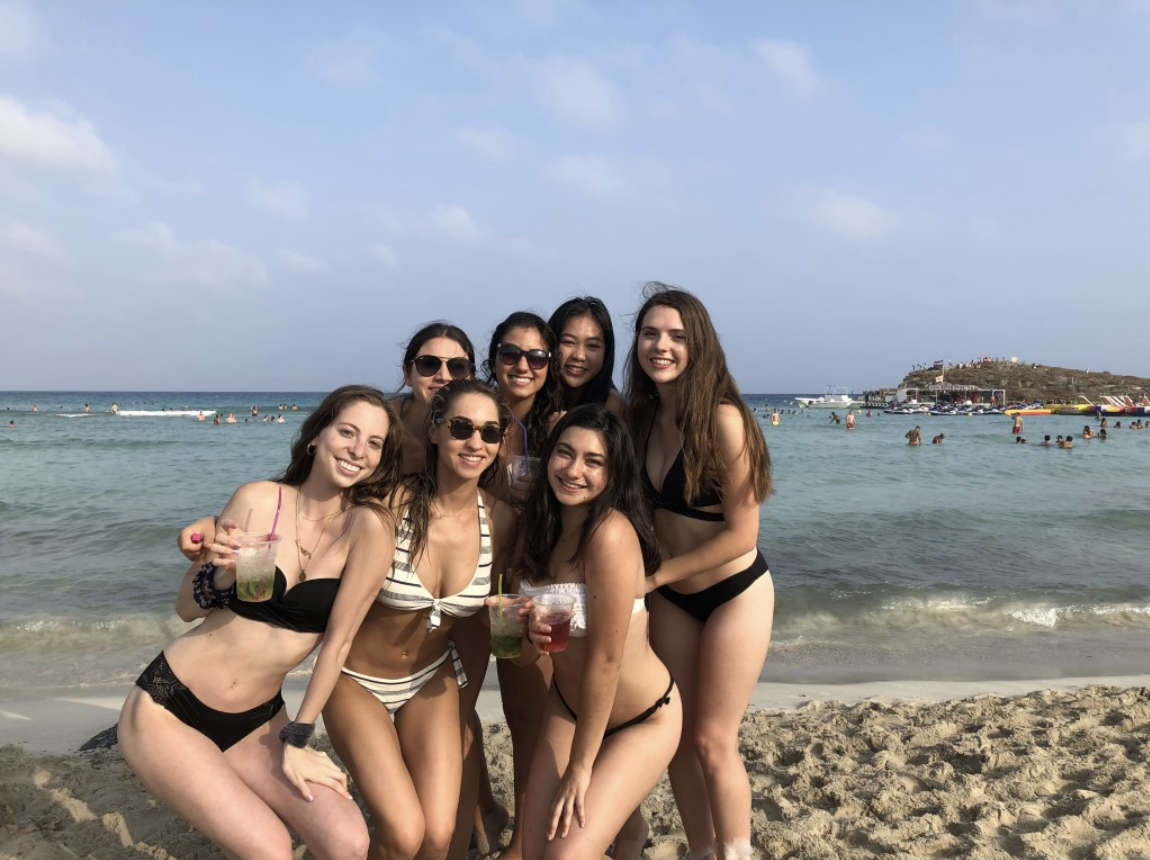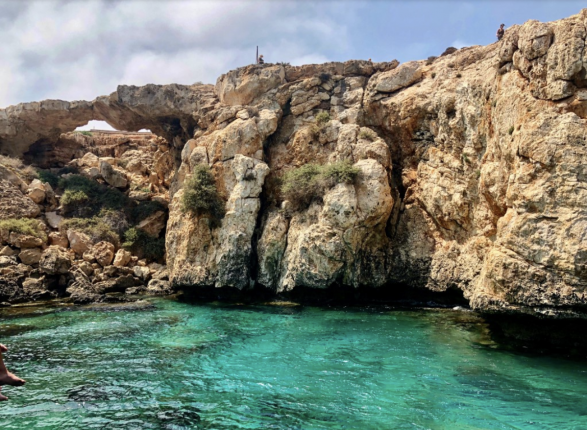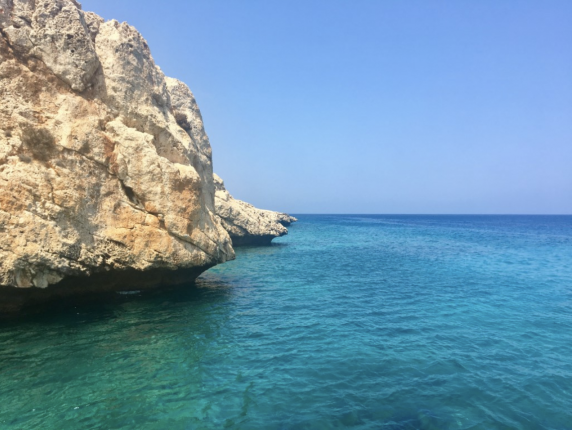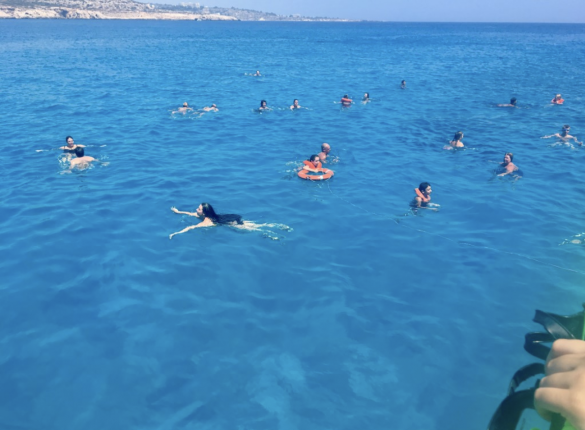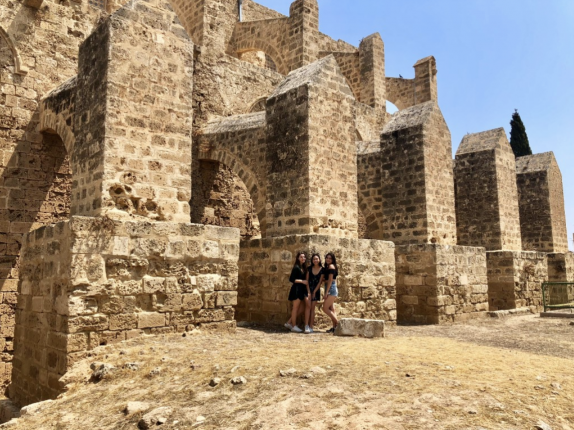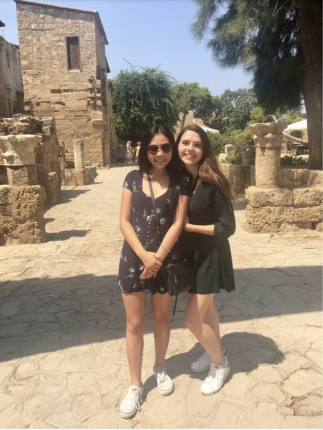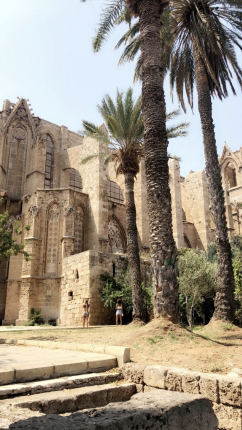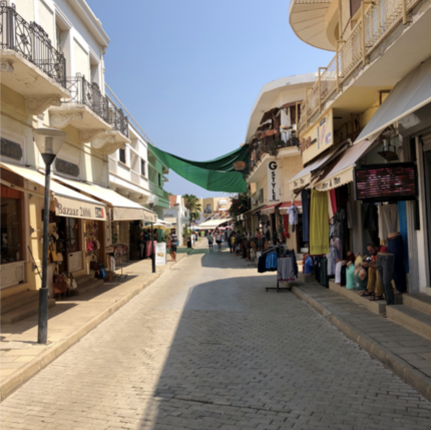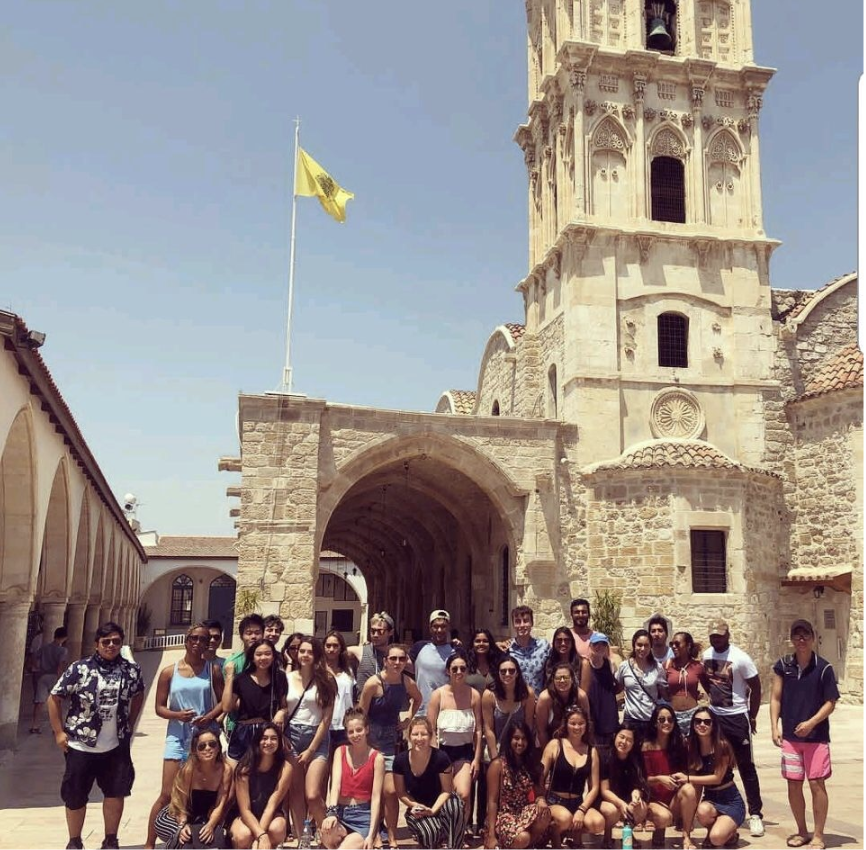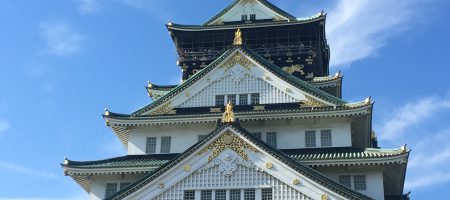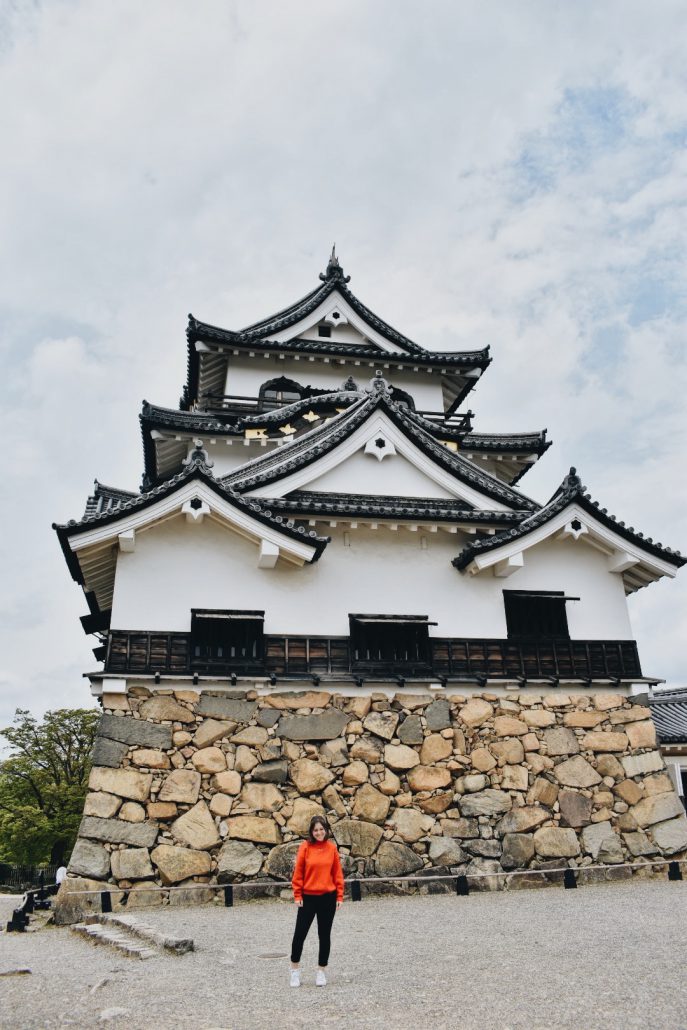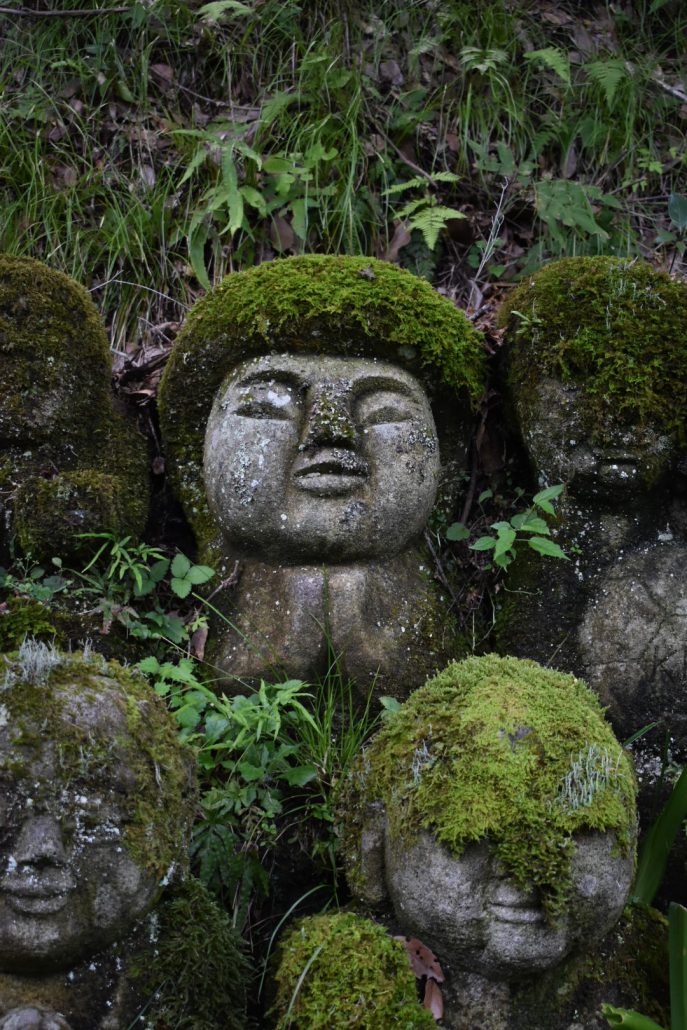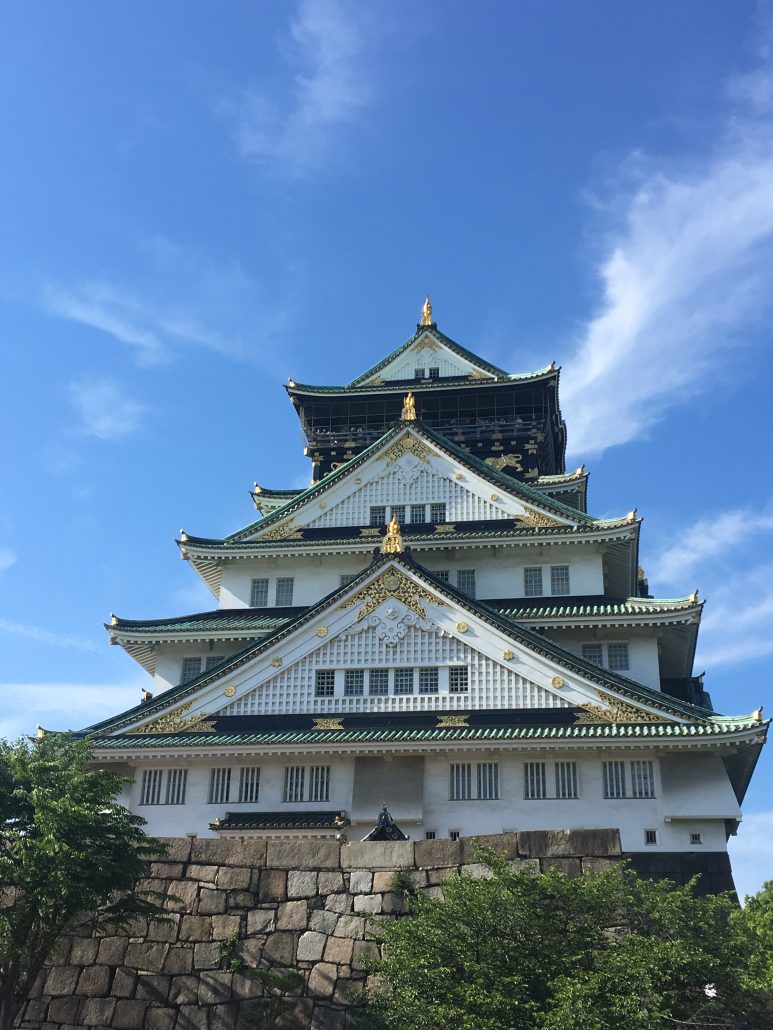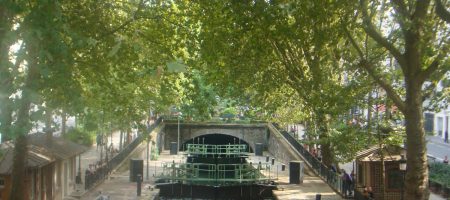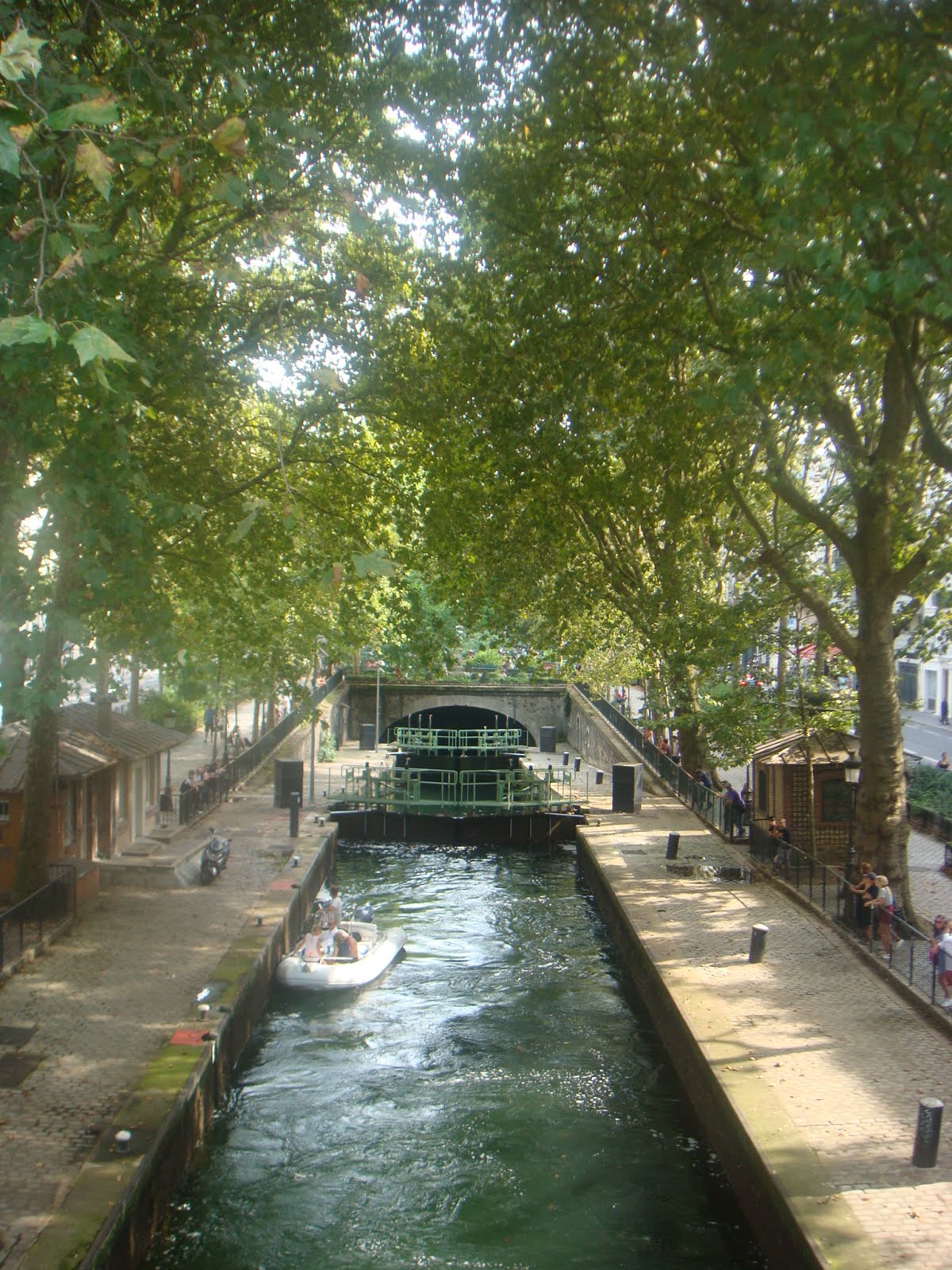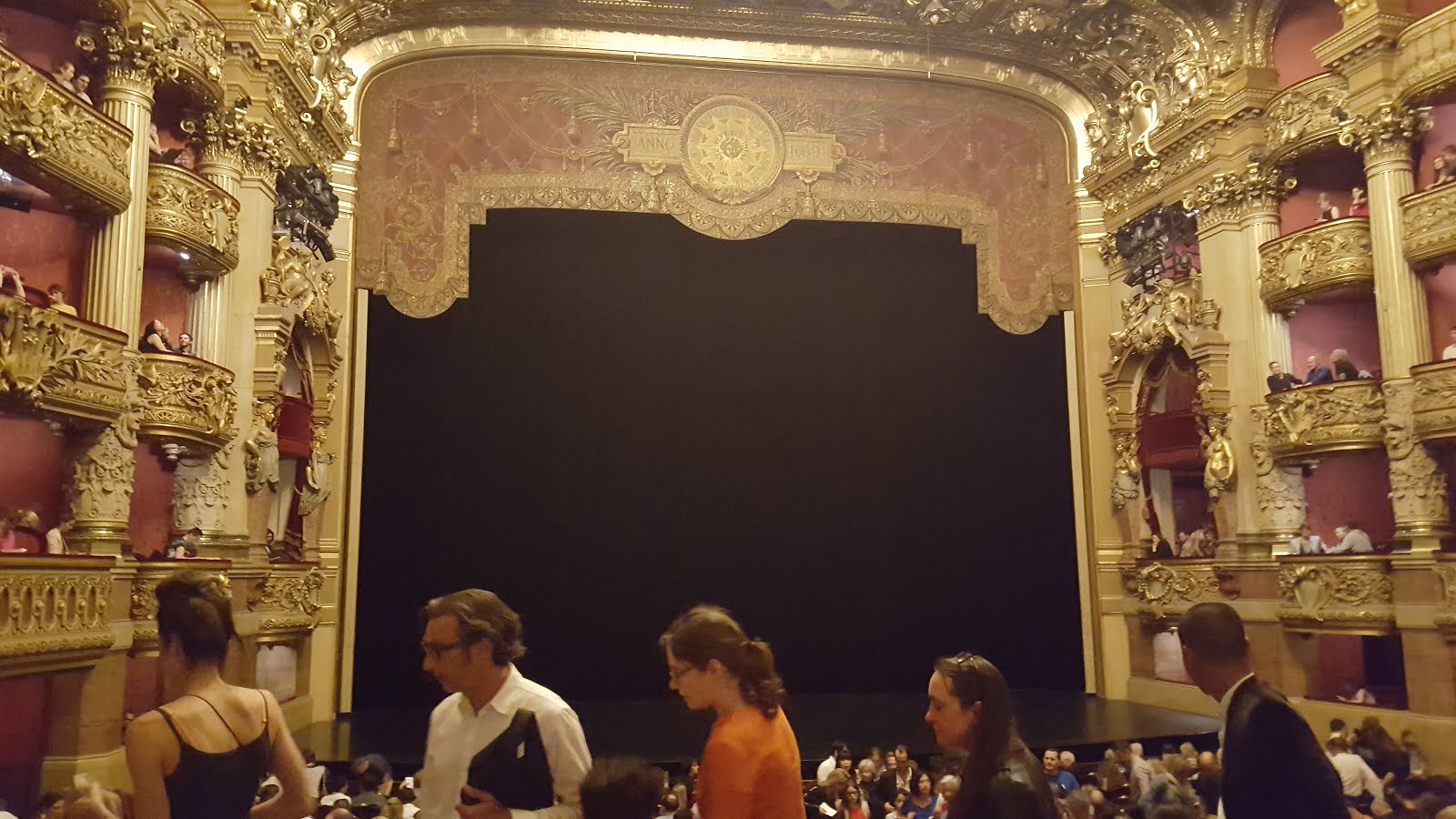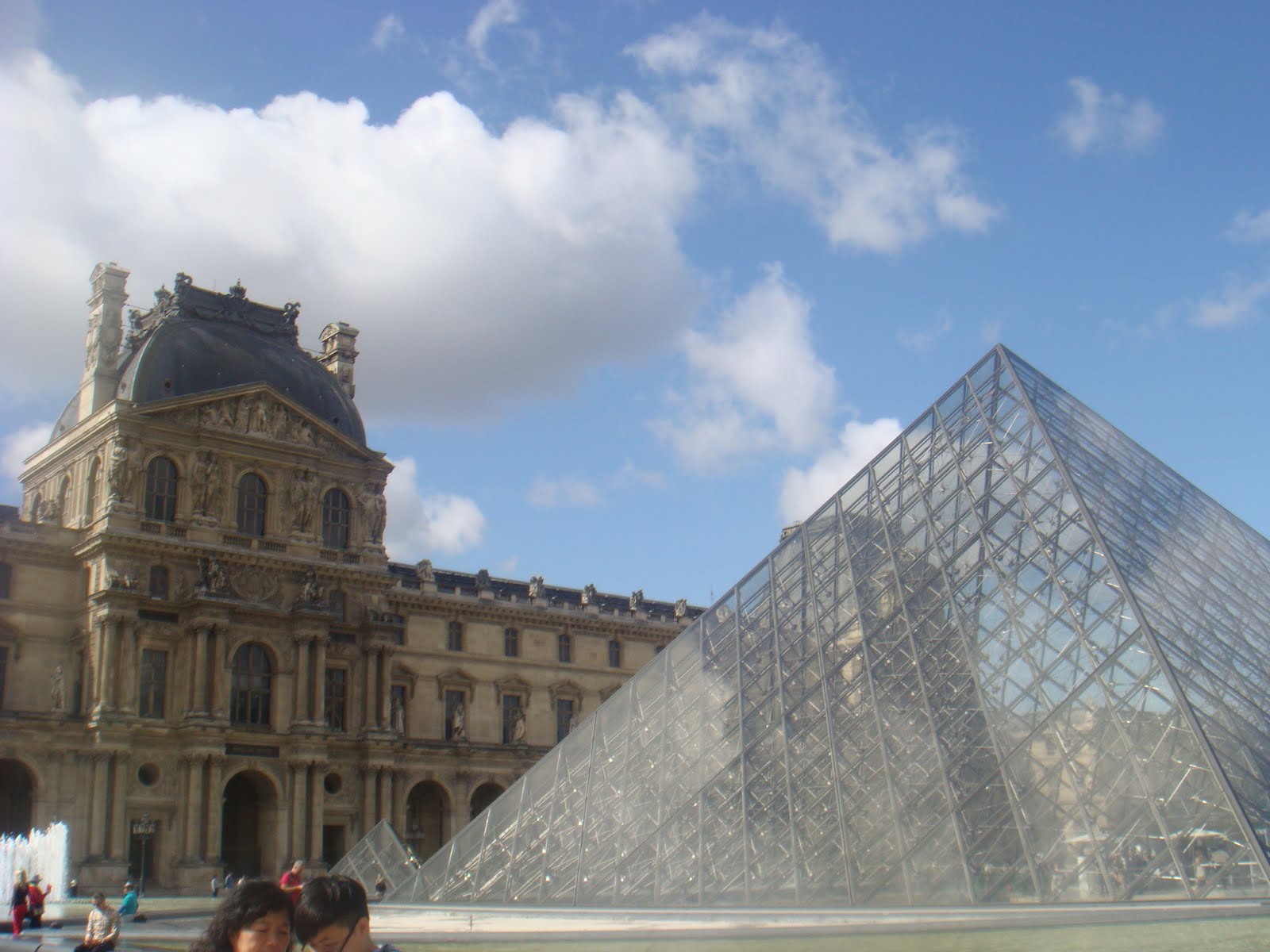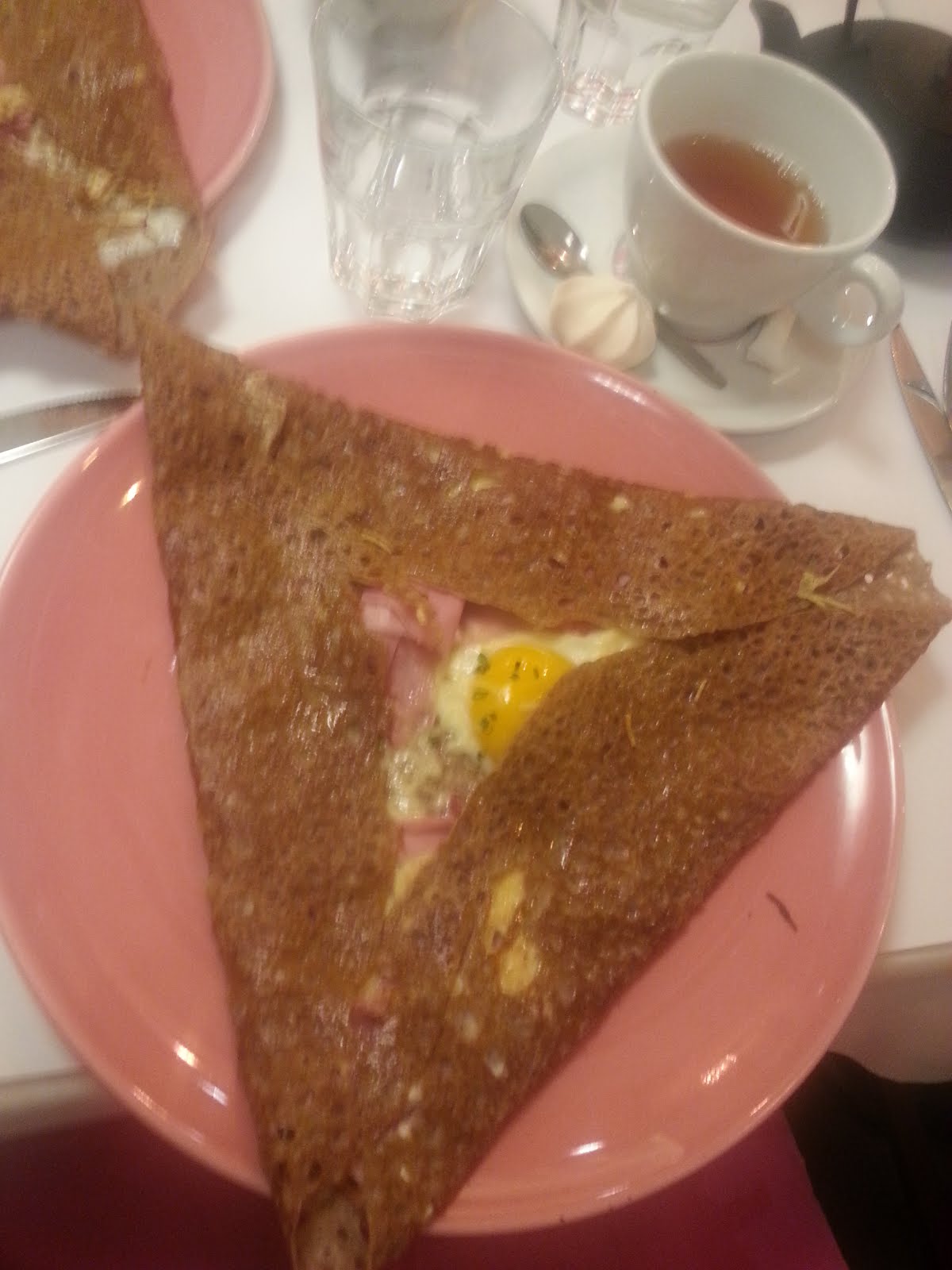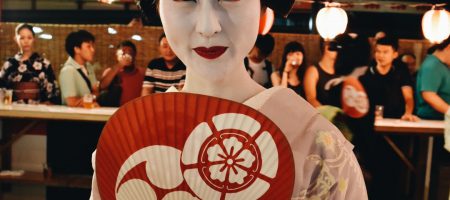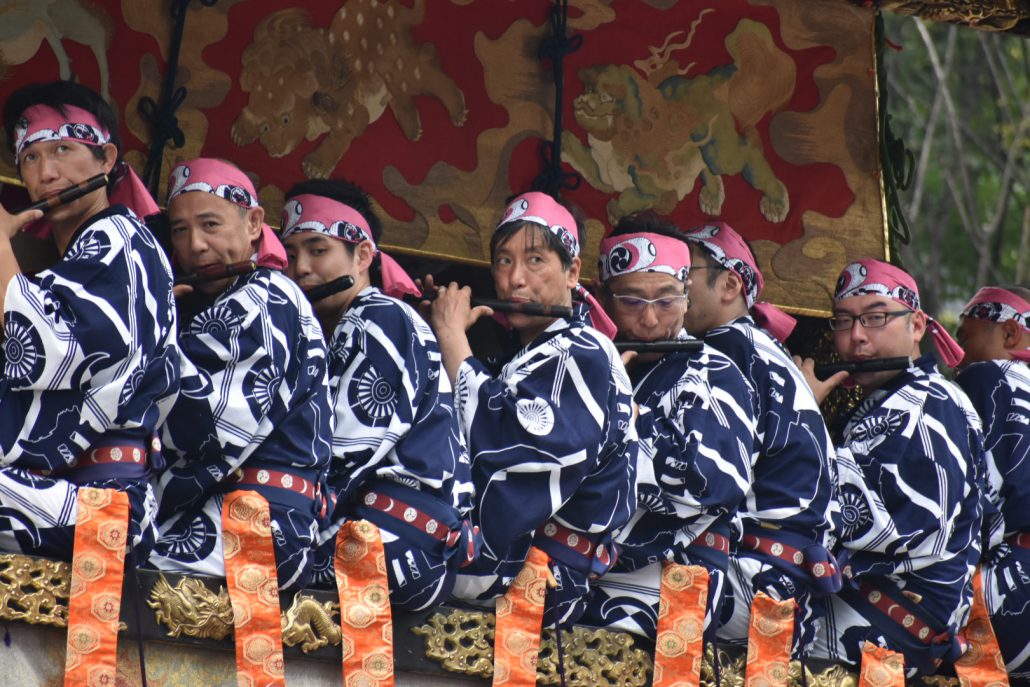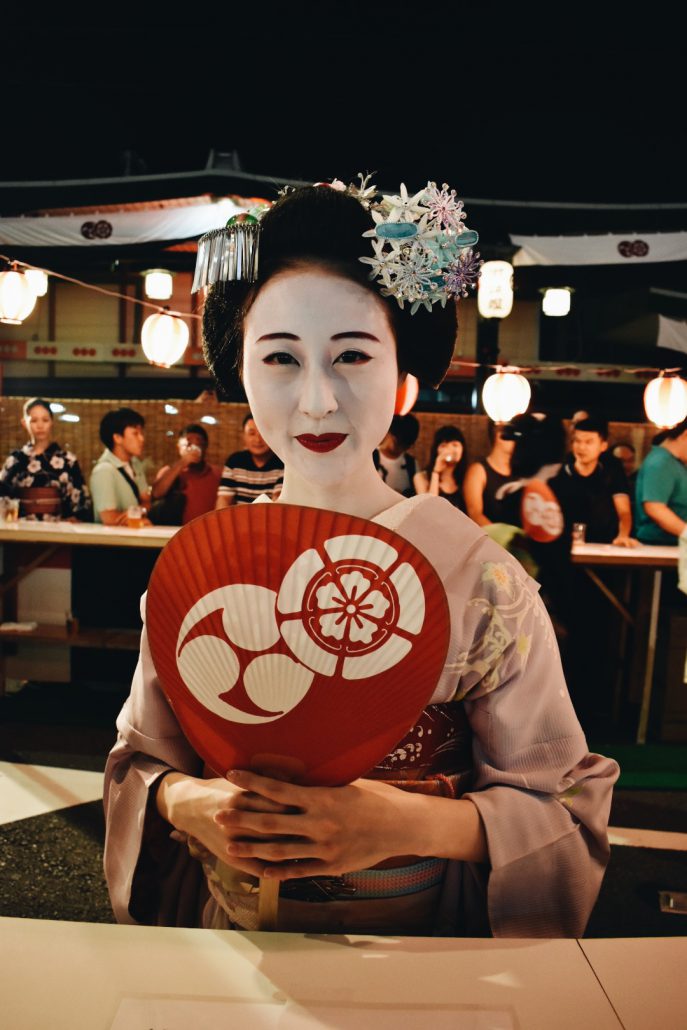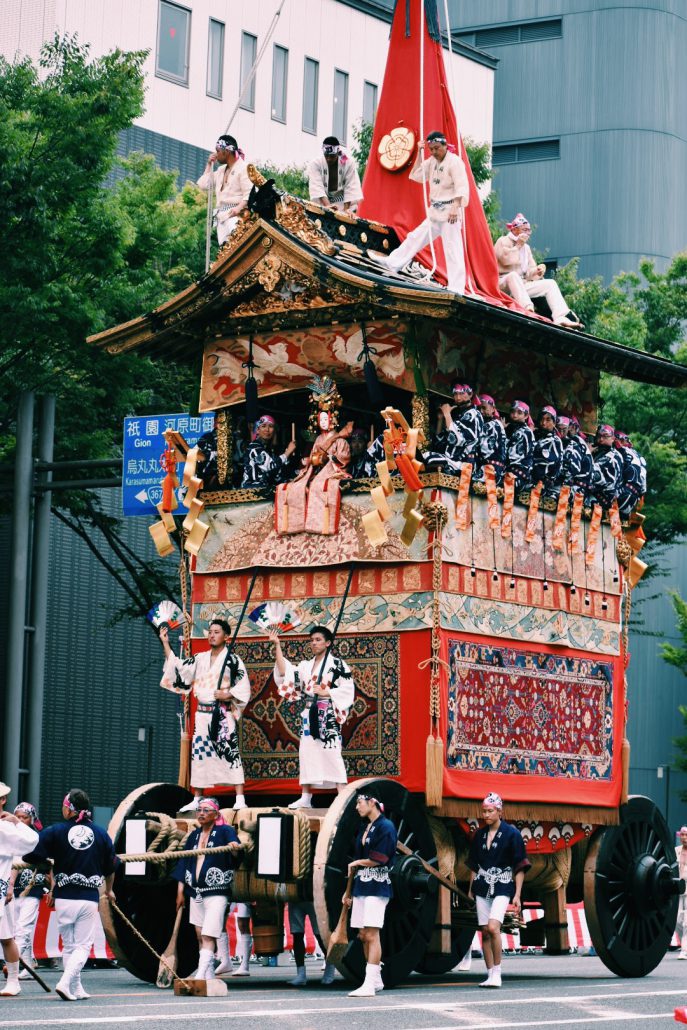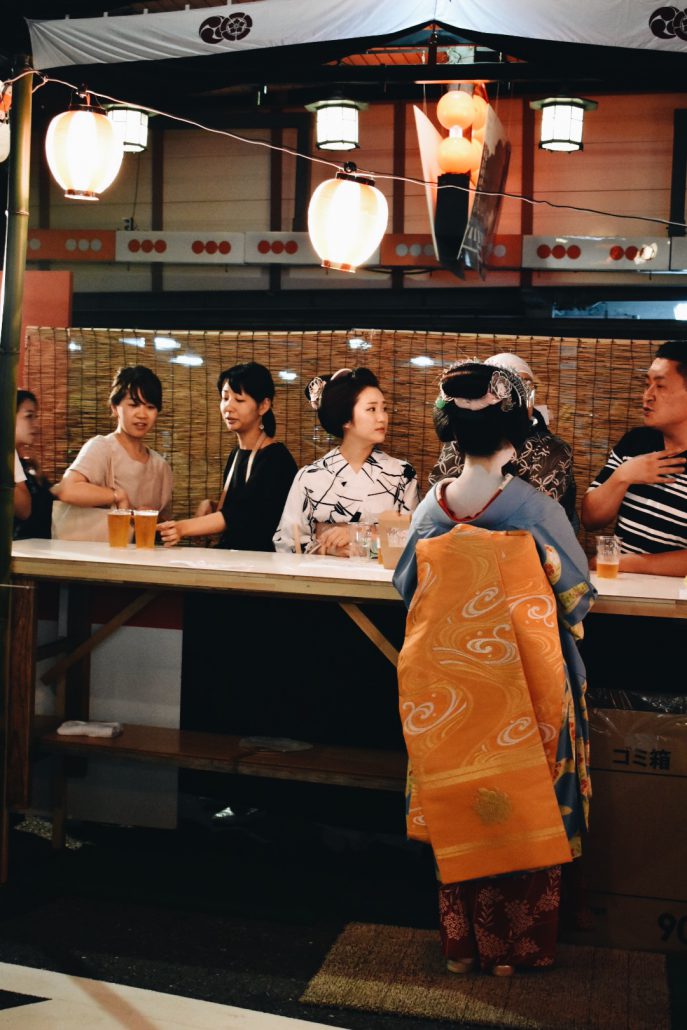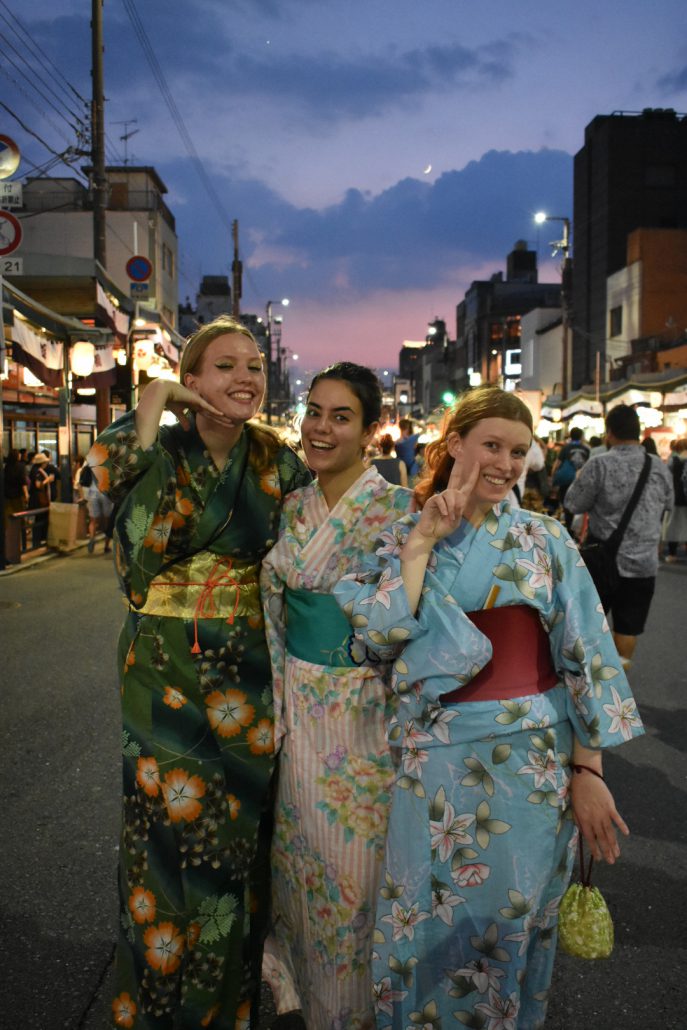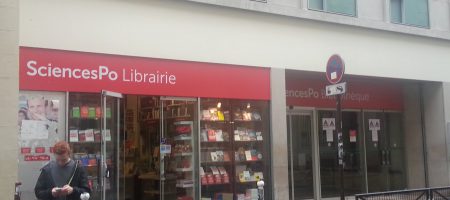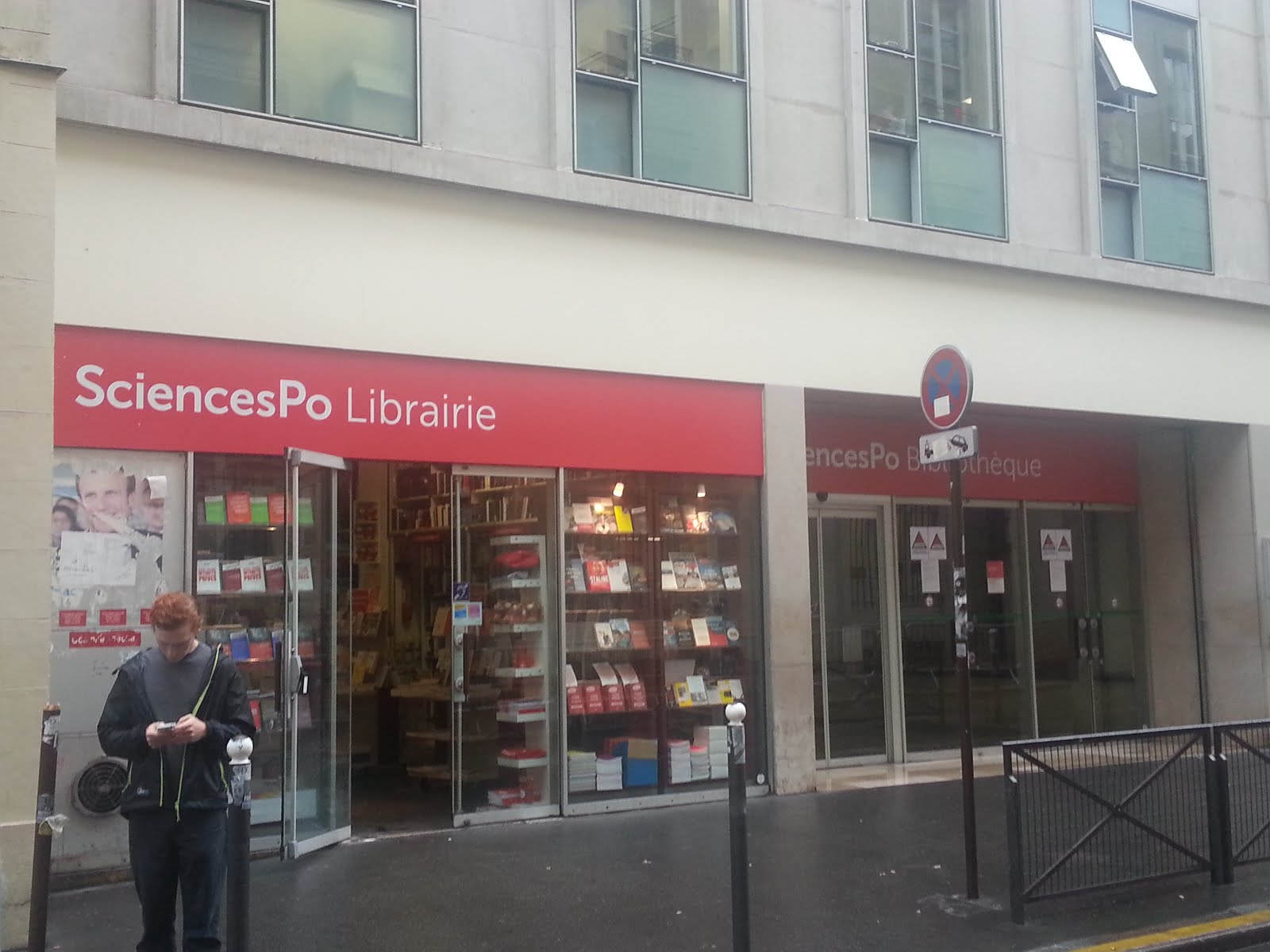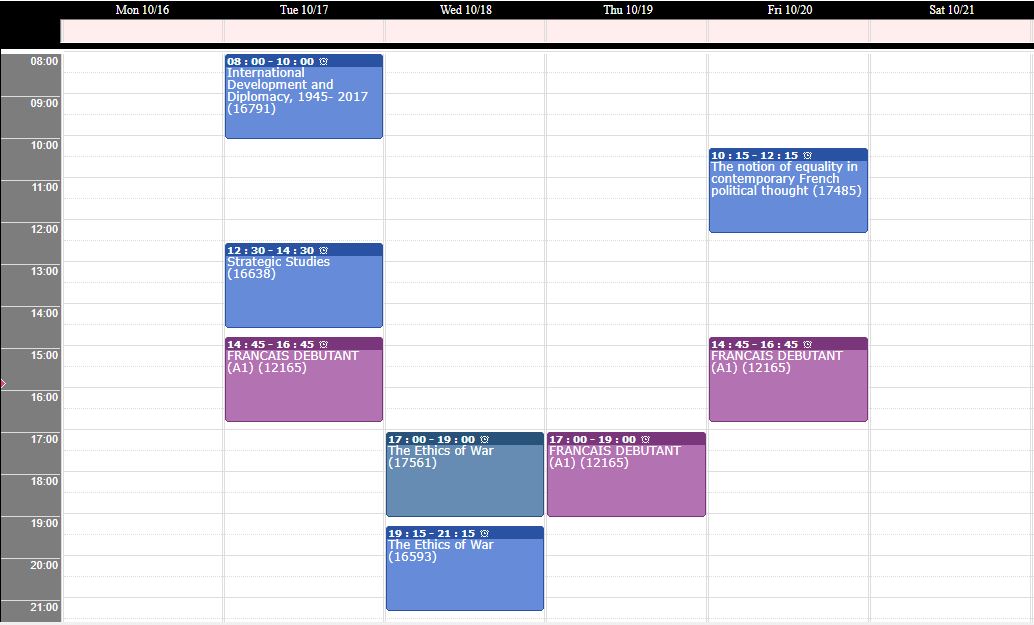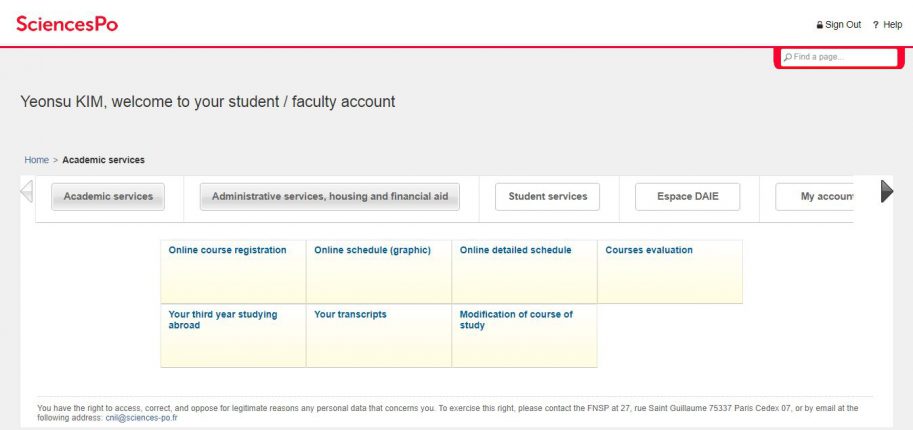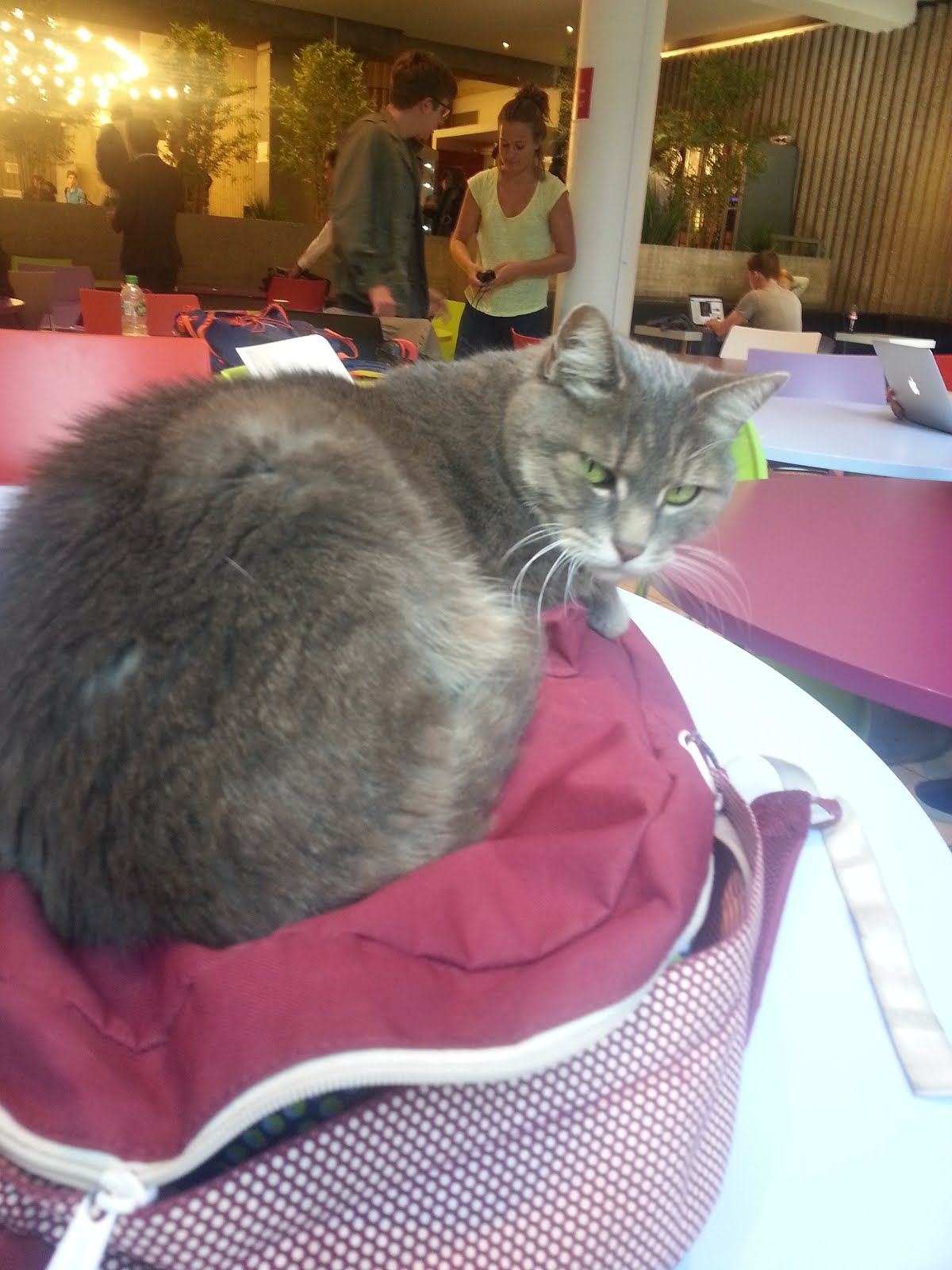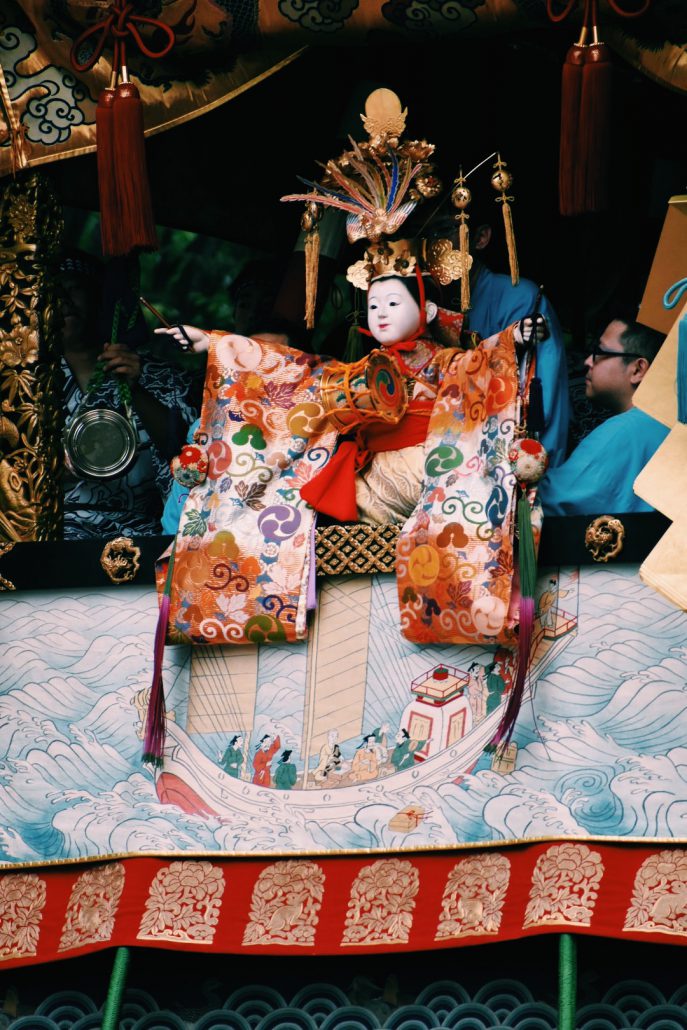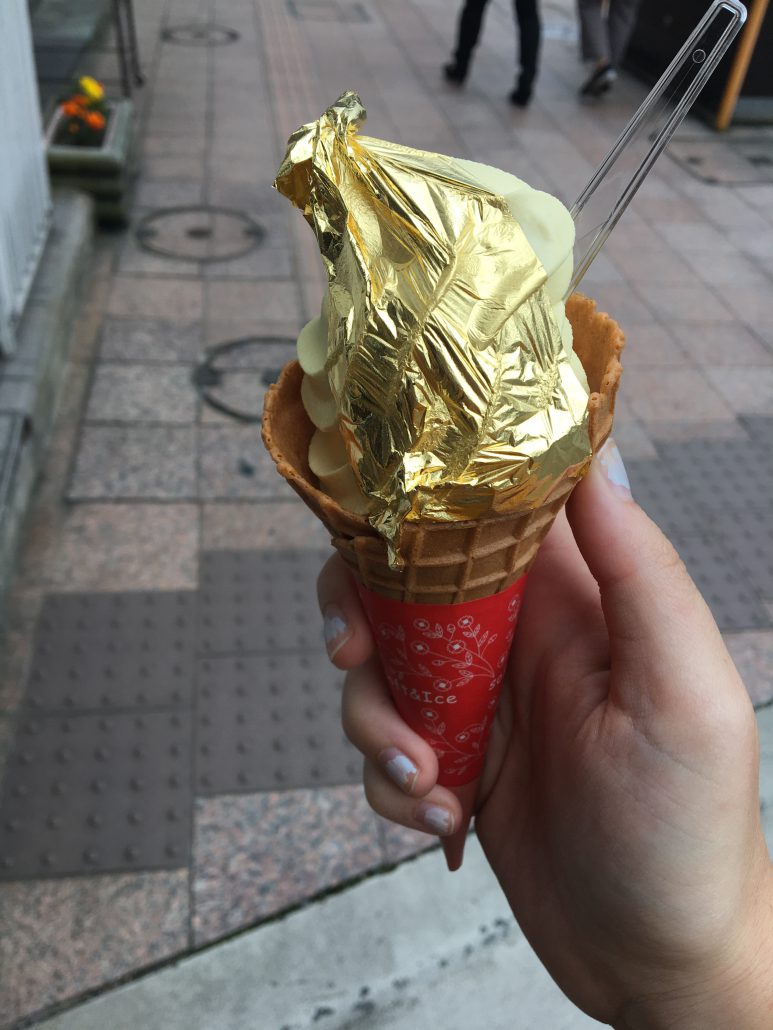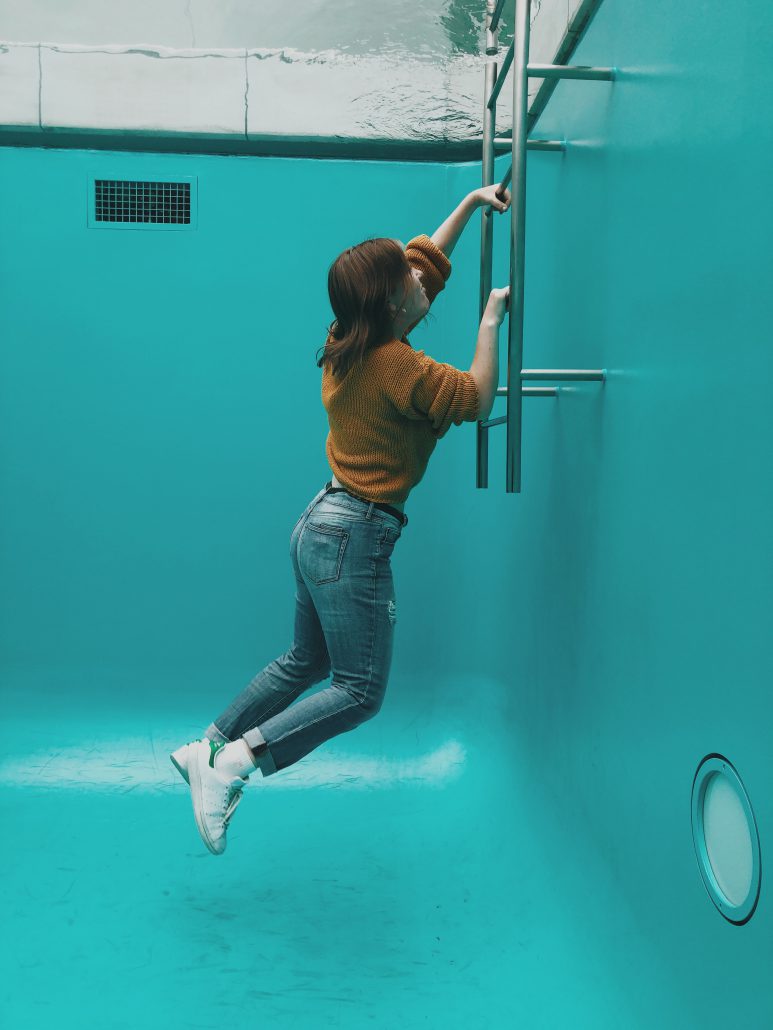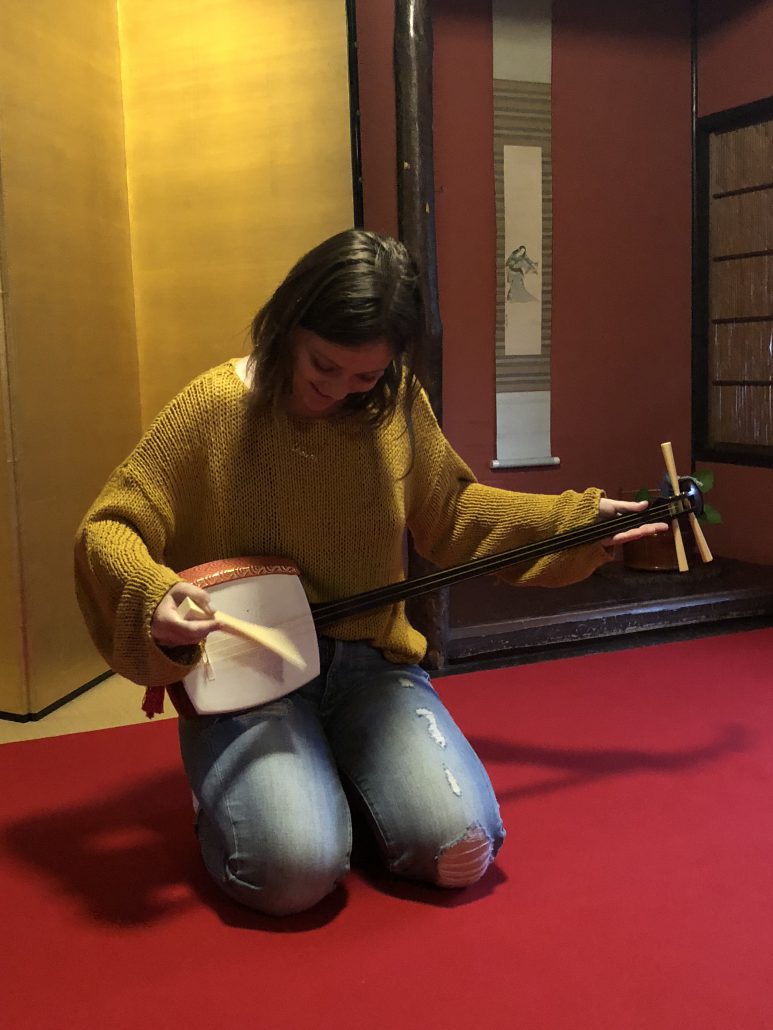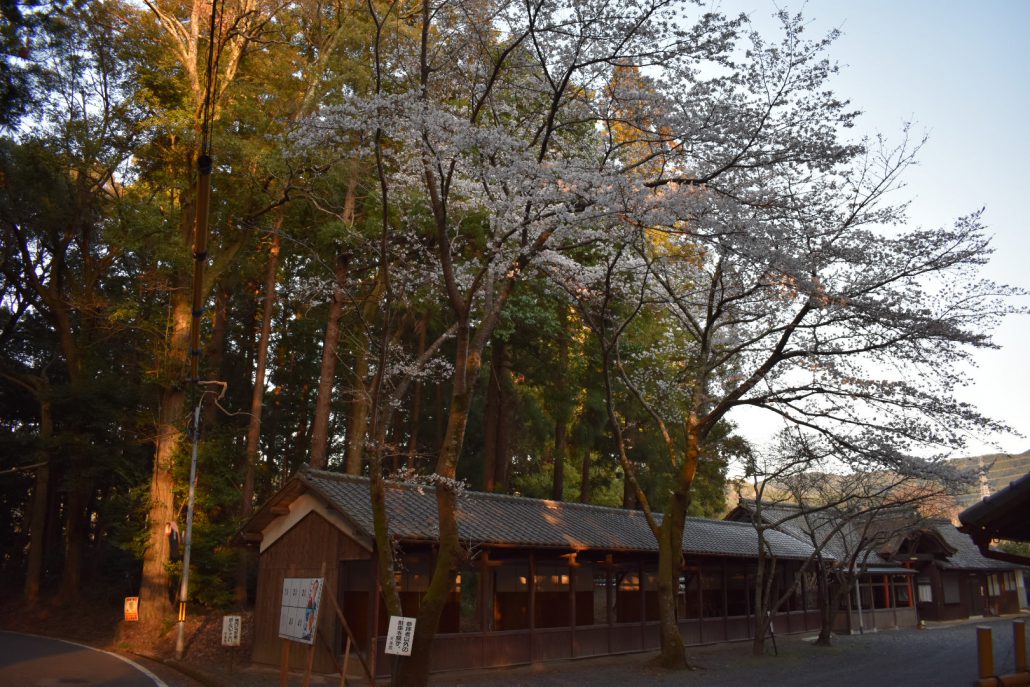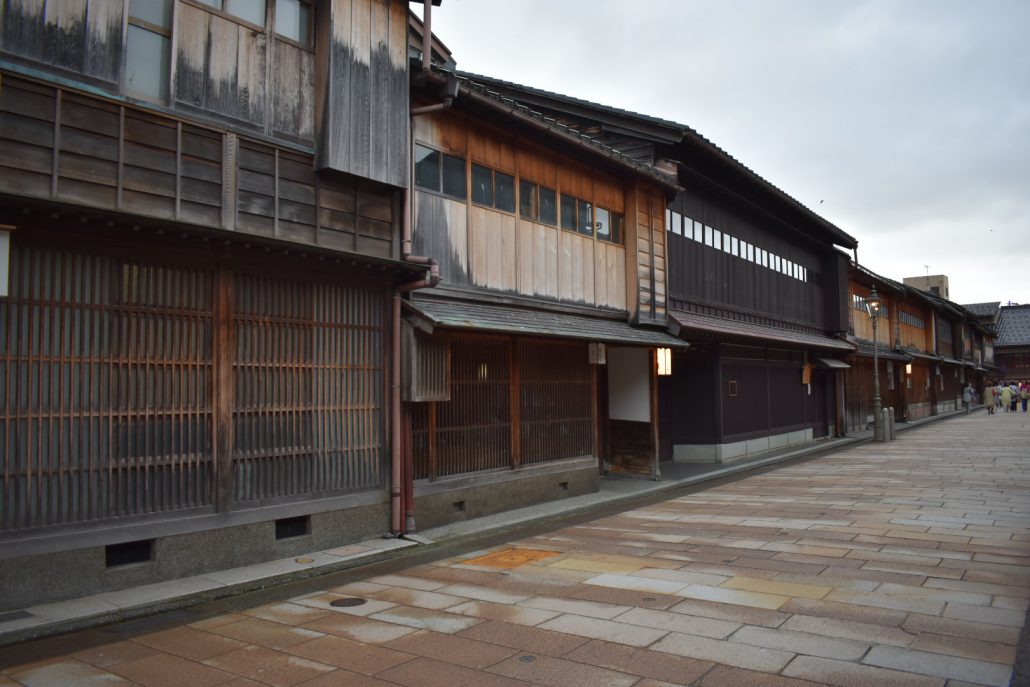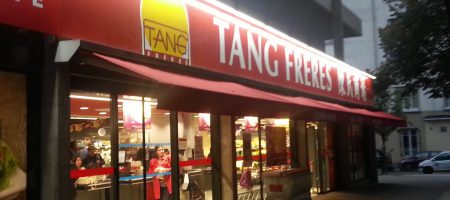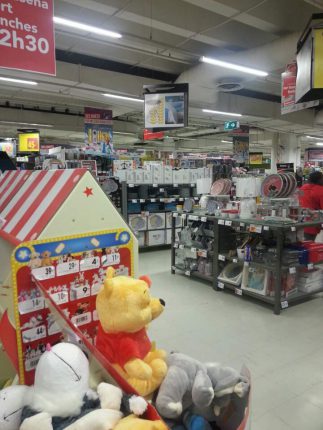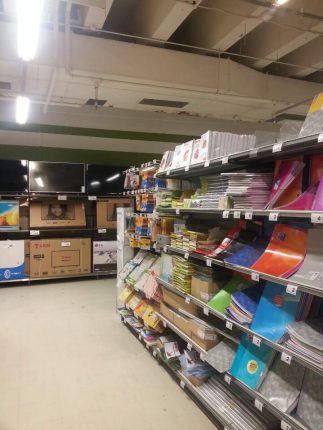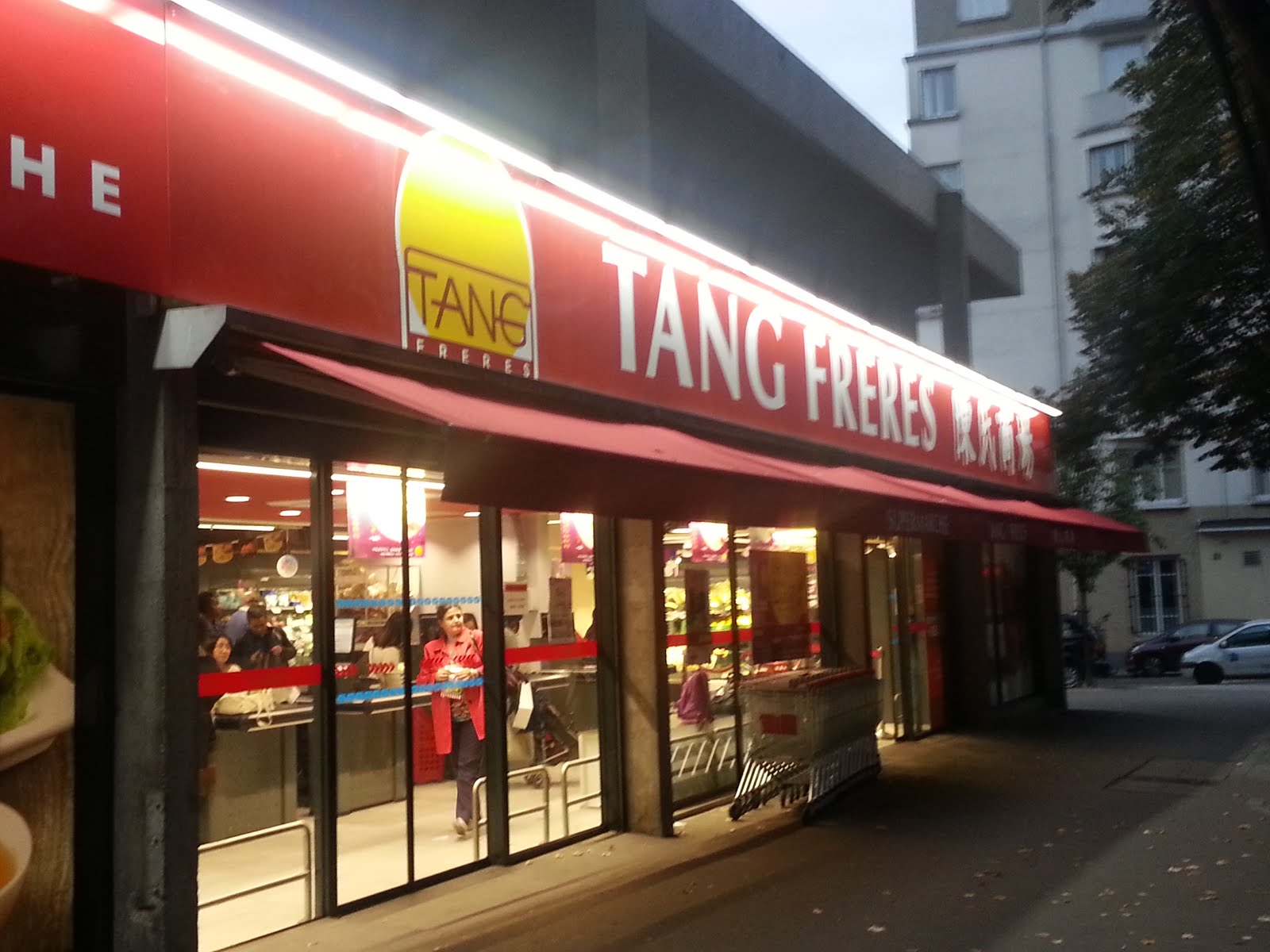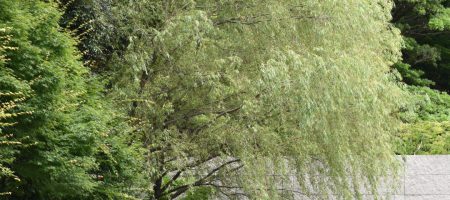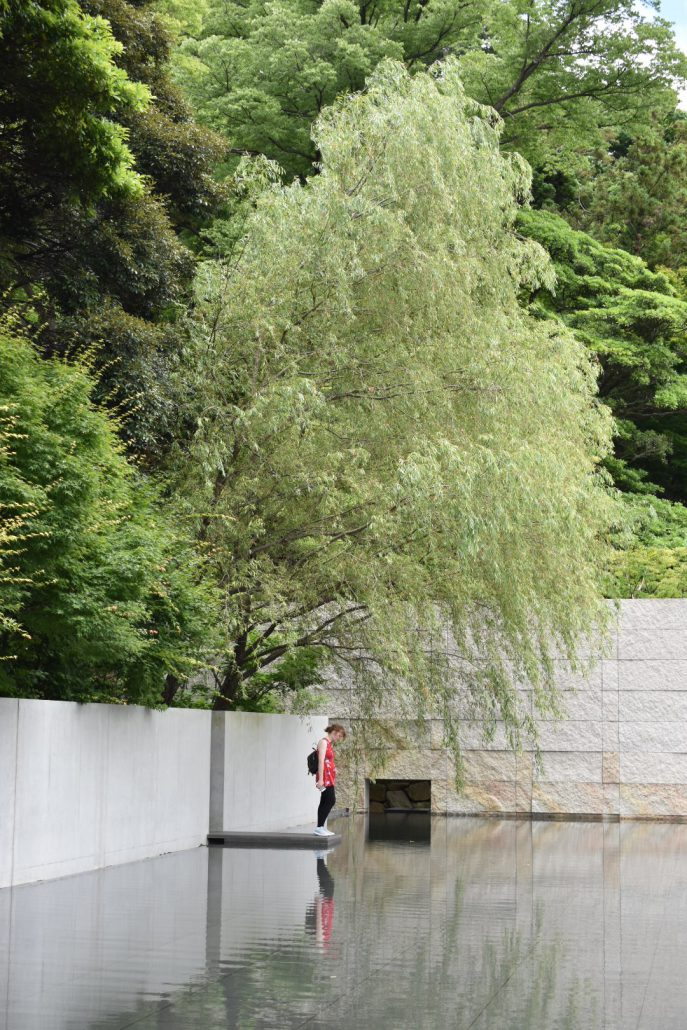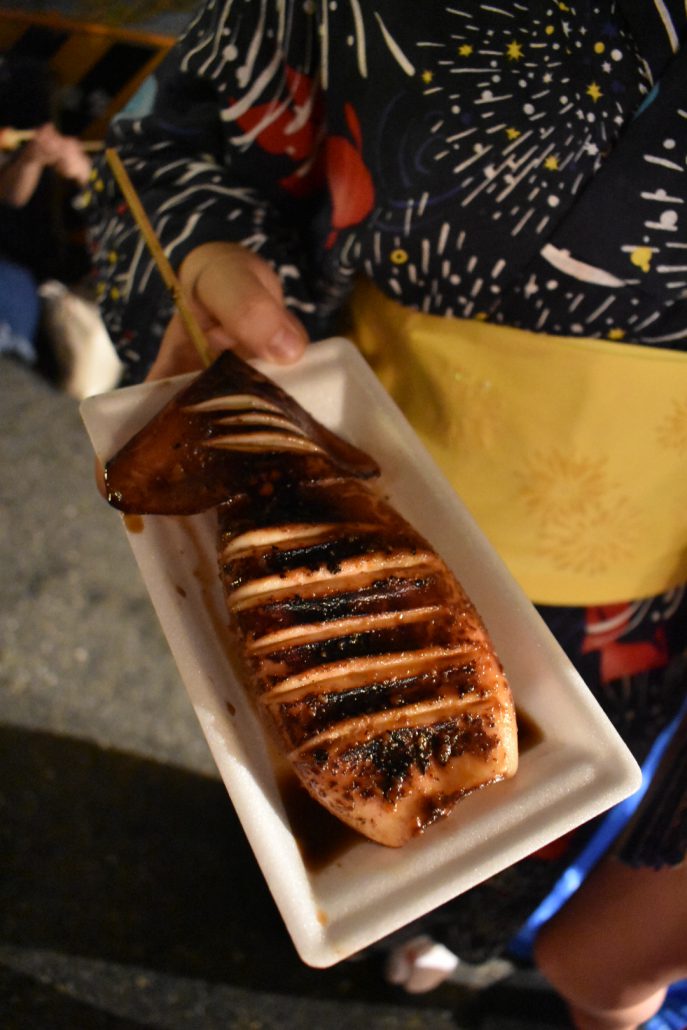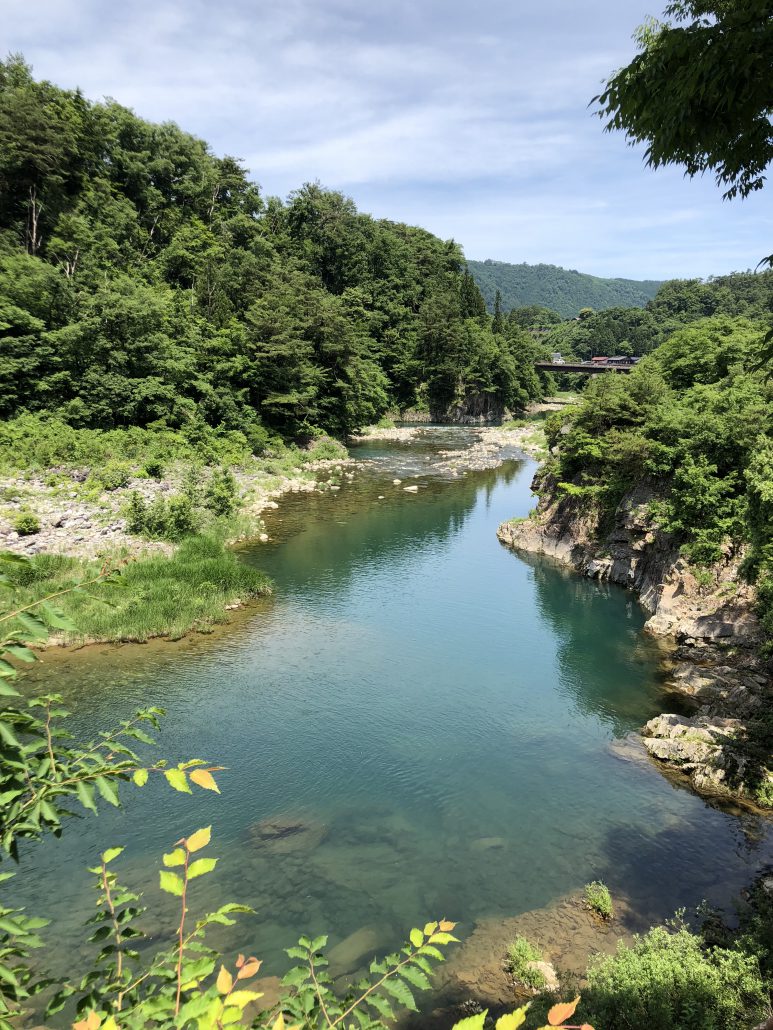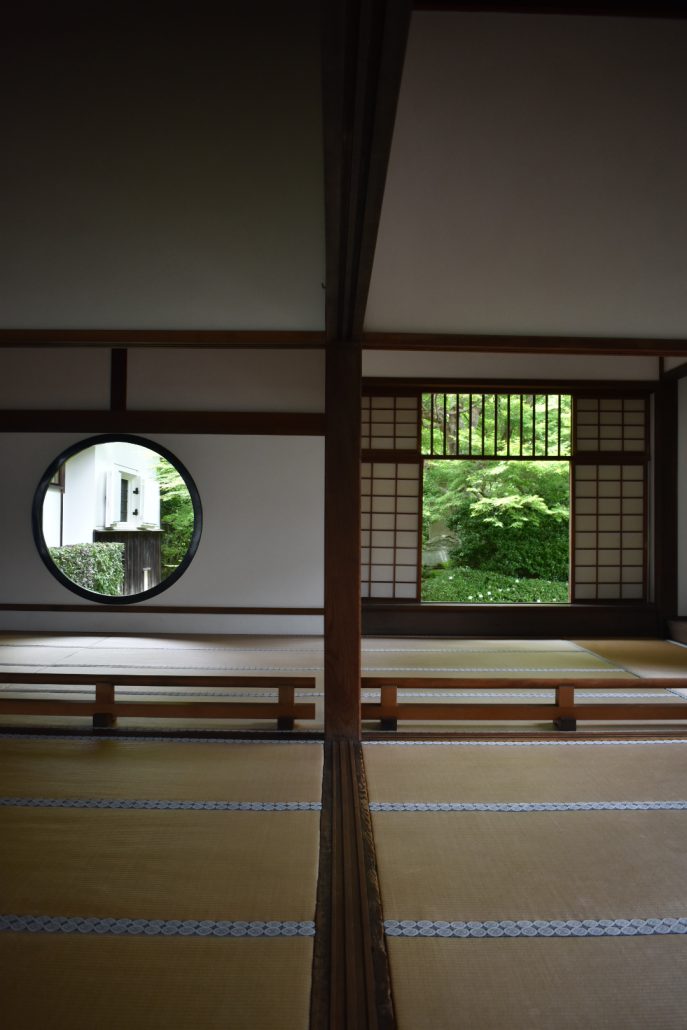Japan | My Favorite Things About Japan
1. Kawaii Culture
Kawaii is the culture of general cuteness that exists in Japan that I haven’t seen anywhere else in the world. From adorable mascots for historical locations and buildings, to Hello Kitty themed shinkansens, cuteness is everywhere. While cute culture in Japan can actually be traced back to the Edo period, it’s become incredibly popular since the 1970s. Of course, the obsession with cuteness at this time began with teenage girls, but since has grown to be appreciated by people of all ages. In my opinion, the presence of cuteness in everyday life simply improves the quality of life. Passing by guardrails shaped like little frogs, or getting a napkin with designs at lunch, can make you smile just a little bit more than you would on any other normal day.
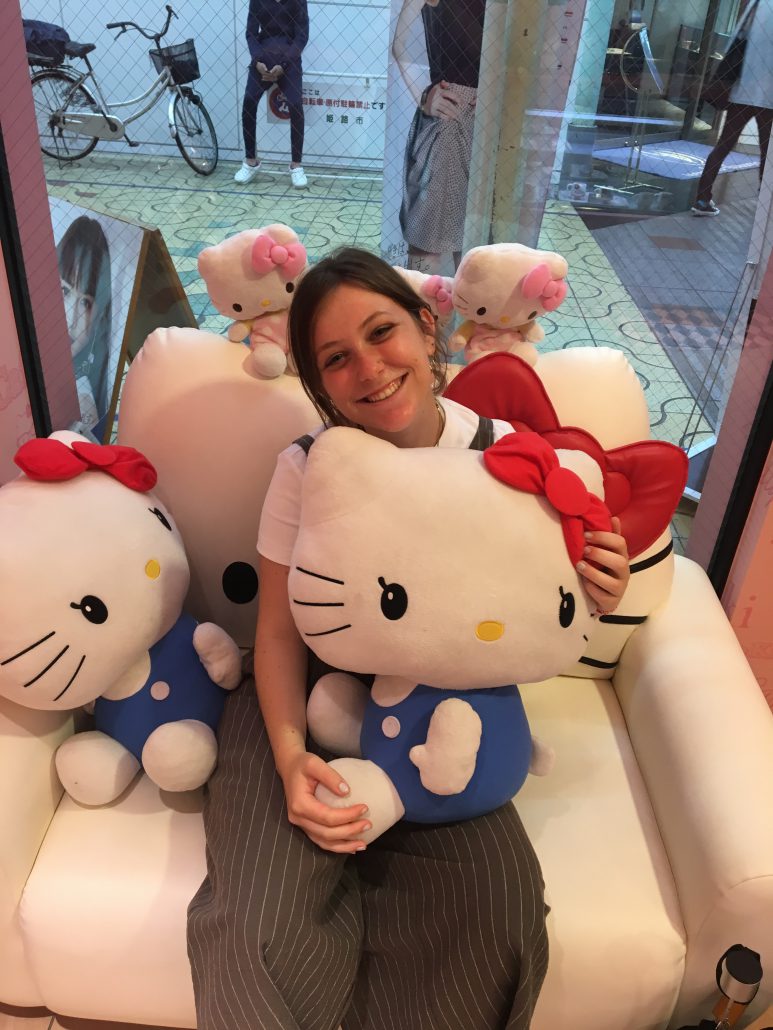
2. Train Stations
In the United States, train stations are exactly what they sound like: a place where you get the train. But in Japan, they are so much more. Train stations have entire malls, restaurants, and rest spaces attached, making them a genuinely enjoyable place to be. This is extremely convenient for when you are hungry after a long journey, since you don’t even have to leave the station to enjoy a quality meal– one of my favorite pizza restaurants in Japan is actually located in the station itself. Similarly, it is really nice to be able to run an errand, like grocery shopping, without having to even leave the station to get what you need. Like with kawaii culture, the fact that train (and subway) stations are comfortable, clean, and well-designed makes your day just that much better than it otherwise might be.
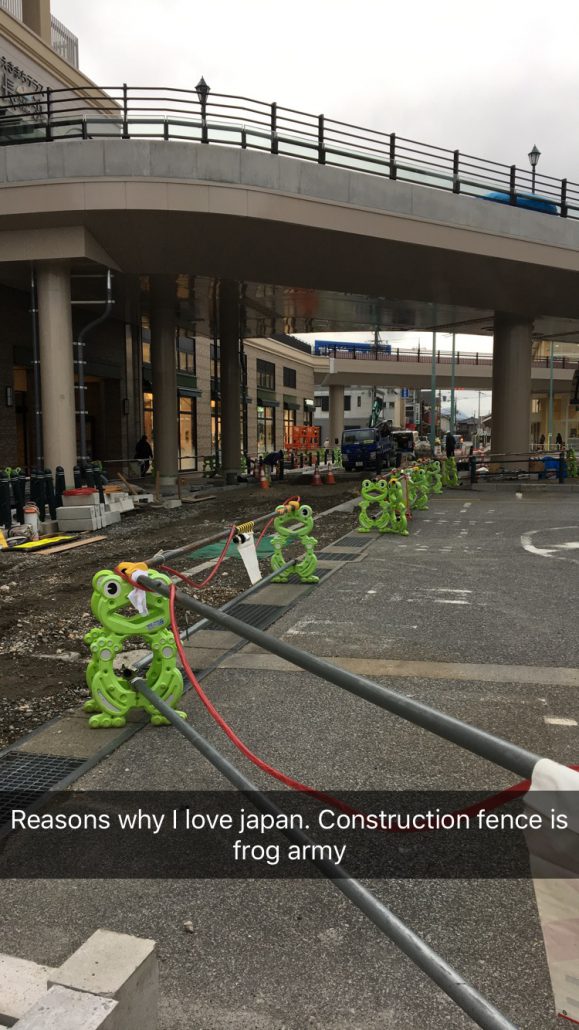
3. Sento and Onsen
Taking baths at home always seem like a “treat yourself” kind of activity, but I always end up uncomfortable, unable to adjust the water to quite the right temperature. Sento and onsen, however, are extremely relaxing because everything is done for you! It’s like going in a hot tub, except there are five or more different hot tubs to choose from and you can stay for an unlimited about of time. Sento is more of a bathhouse, with many different tubs to choose from, while onsen are specifically sourced from fresh mountain spring water. I’ll admit that bathhouses aren’t for everyone, but there are also many locations that offer private booking so you don’t have to be there with anyone else.
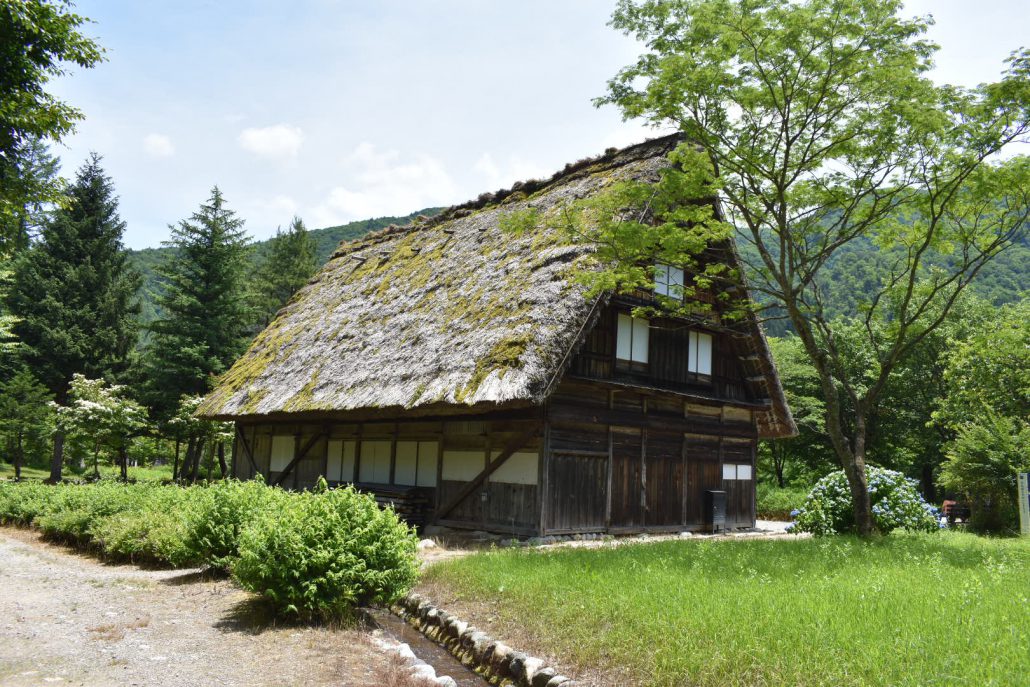
4. Conveyer Belt Sushi
Conveyer belt sushi is admittedly probably the worst sushi you’ll get in Japan. But this is Japan: the worst sushi is just as delicious as good-quality sushi at home. And the best part? It’s often only $1.50 or less per plate! Whenever I eat at conveyer belt sushi restaurants, I can have a filling meal of tons of different kinds of sushi for only $7 or $8. Because this type of restaurant is a novelty in the United States, it often ends up costing the same or more than traditional sushi restaurants. While you’re in Japan, definitely make use of the amazing conveyer belt restaurants to get your fill of Japan’s most famous dish!
5. Nature and Seasonality
My absolute favorite part about living in Japan is the abundance of greenery and the appreciation of the changing seasons. Because Japan experiences all four seasons very strongly, many traditions are rooted in these changes. So, as the seasons change, there is always something exciting to look forward to, like a special seasonal food or activity. Similarly, there is always a great appreciation for the flowers that bloom every season. I spend much of my time at different gardens and temples, appreciating the flowers in bloom. I love seeing Japanese teenagers taking photoshoots with all the different flowers, old people in large groups birdwatching with extensive camera gear, and families with babies enjoying all the colors.
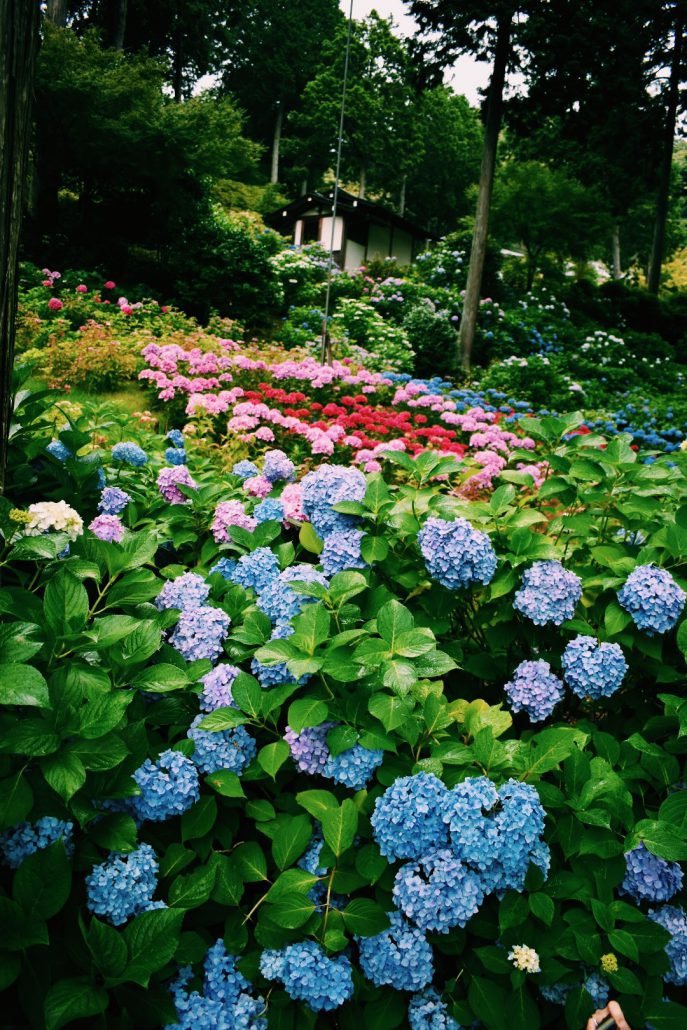
Mackenzie Lorkis studied in Kyoto, Japan in the Language & Culture, Doshisha Univ. Program – Spring 2018




